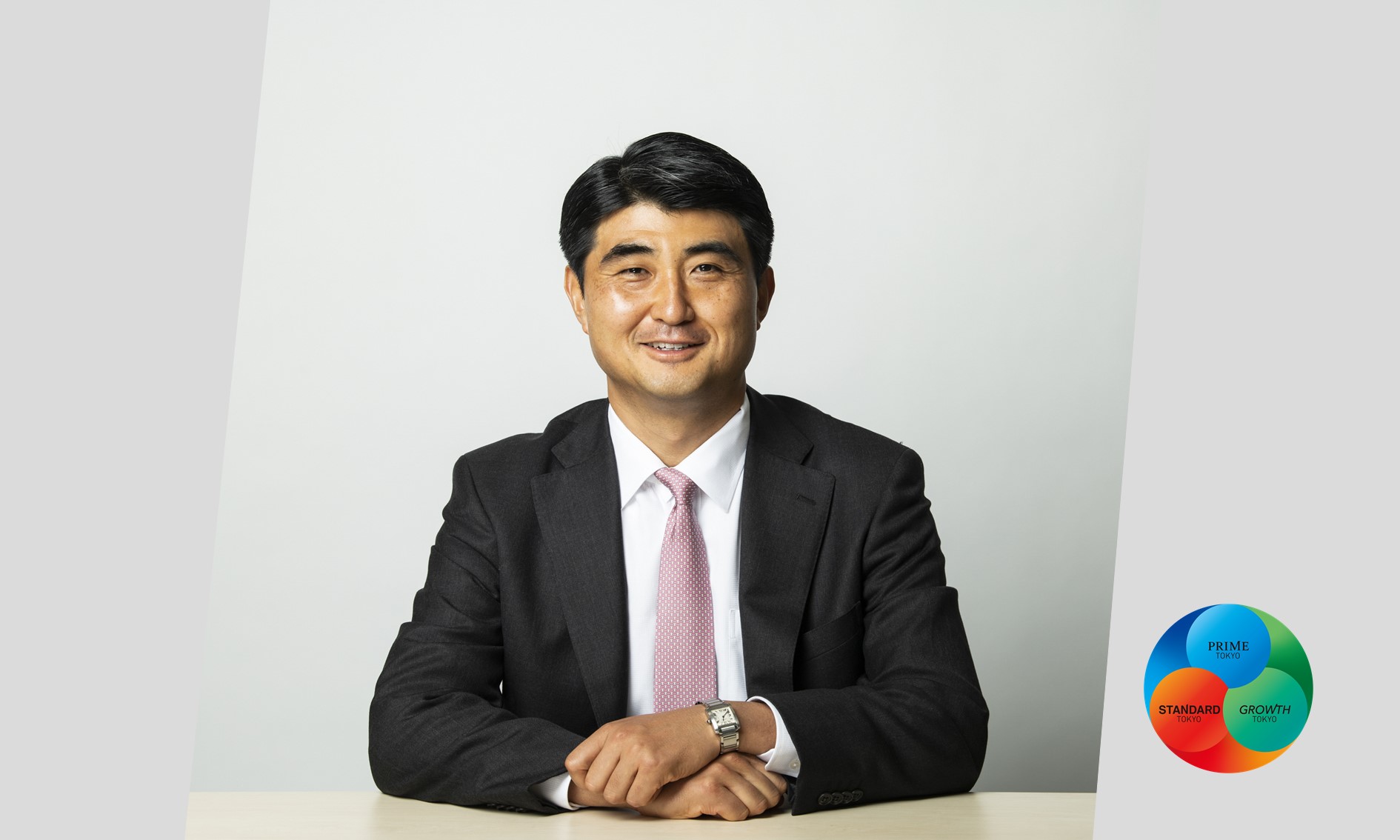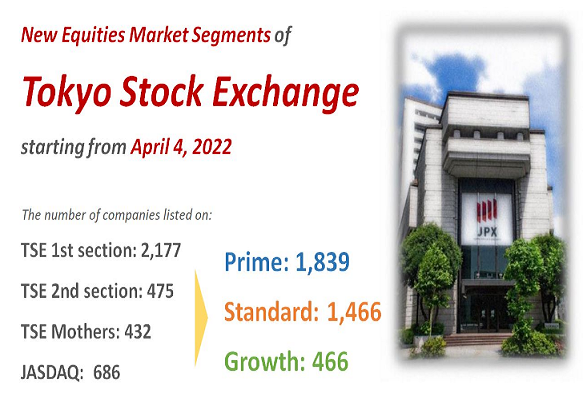TSE Cash Markets
Expectation for the new Growth Market from the global perspective

By Tomotaka Goji, Managing Partner and President The University of Tokyo Edge Capital Partners Co., Ltd. (UTEC)
Among the current market divisions of the Tokyo Stock Exchange, the Mothers market established in November 1999 has played a role as the stock market for startup companies by providing many venture companies with a venue of listing and equity financing. Also for venture capital (VC) firms which invest in private ventures, the Mothers has played a role as a venue for enabling them to collect capital for venture investment from VC funds, whose establishment was permitted by the 1998 Limited Partnership Act for Investment, just one year before the launch of the market. Since 2000’s, in the world of Japanese venture financing, with these two mechanisms working together, the following flow was established: startups grow by raising “high-risk money” from VCs without repayment obligations, and then undergo IPOs (initial public offerings). The number of TSE Mothers-listed companies reached 424 as of end-December 2021, which accounted for 11% of all listed companies of the Japan Exchange Group (3,822 companies).
In the TSE’s market reform, the “Growth Market” is going to be established by developing the Mothers and other models aimed for companies with high growth potential. In designing the Growth Market, the enhancement of the fund supply function for tech ventures has been extensively discussed. From the global perspective, I’d like to make comments on two points to express my support.
The first point is about the number of IPOs by sector. In Japan, a majority of IPOs are in IT and service sectors. However, in the world, a majority of IPOs are made by so-called “deep tech” companies in medical care, advanced manufacturing, advanced materials, and energy sectors (although IT sector accounts for the largest percentage of IPOs). Generally, such sectors require more funds and time until the commercialization and sales start, and present greater challenges before generating revenue and profits. On the other hand, once they can create a competitive advantage, they can maintain their competitiveness for long periods of time because of the high barrier to entry; and significant economic effects, including job creation, can be expected. Traditionally, Japan’s science and technologies have created many world-leading products and services in these sectors, so it is expected to increase IPOs by companies in these sectors which can increase corporate value in the mid to long term.
The second point is about amounts raised at IPOs. Let’s look at global IPO markets. While TSE Mothers was ranked 6th in the world in terms of the number of IPOs (128 IPOs; accounting for 5.4% of IPOs in the world), it was not ranked in the top 12 markets in terms of amounts raised. Meanwhile, in the stock markets for high-growth companies in the US, China and Korea, top markets in terms of the number of IPOs are also ranked in the top group in terms of amounts raised at IPOs: the US NASDAQ recorded 308 IPOs (12.9%, ranked 1st) and raised 97.5 billion dollars (21.5%, ranked 1st); Shenzhen Exchange in China recorded 231 IPOs (9.7%, ranked 3rd) and raised 25.2 billion dollars (5.6%, ranked 5th); and Korean Exchange recorded 86 IPOs (3.6%, ranked 12th) and raised 17.4 billion dollars (3.8%, ranked 7th). It is one of the missions of IPO markets to proactively supply funds to high-growth industries, so it is expected to create major momentum in fundraising by companies that undergo IPOs in Japan as well.
To achieve the above-mentioned development, it would be necessary to redesign the listing examination, for example, by placing an emphasis on deep-tech companies which would require capital for growth that is too large to be covered by revenue in the short term, and on companies which have high demand for capital to expand their businesses on a global scale even if they make a loss in the short term. With this reform as a starting point, I wish that the TSE Growth Market will continue to develop to be a stock market for globally growing companies.






